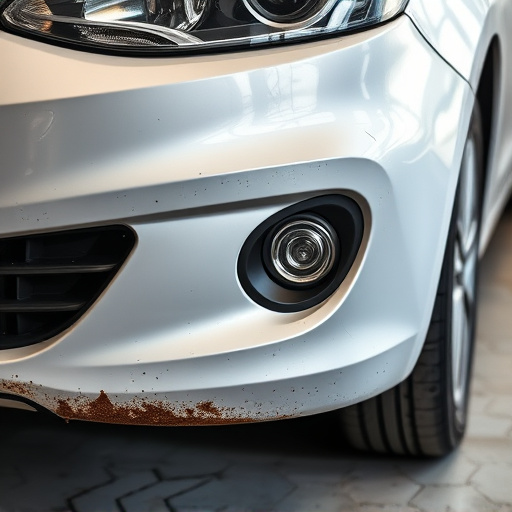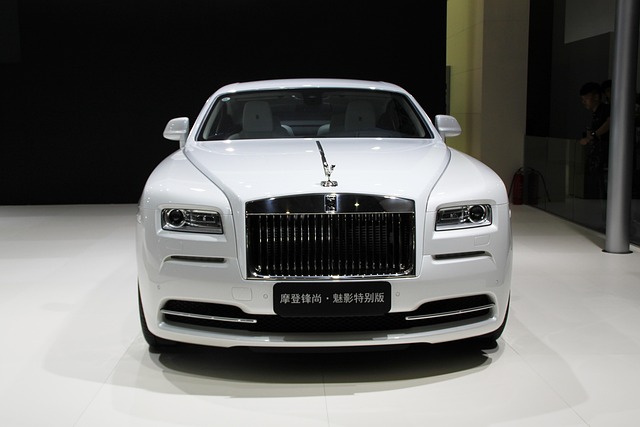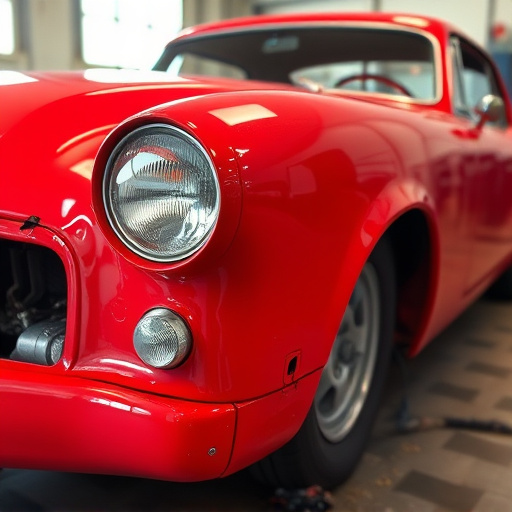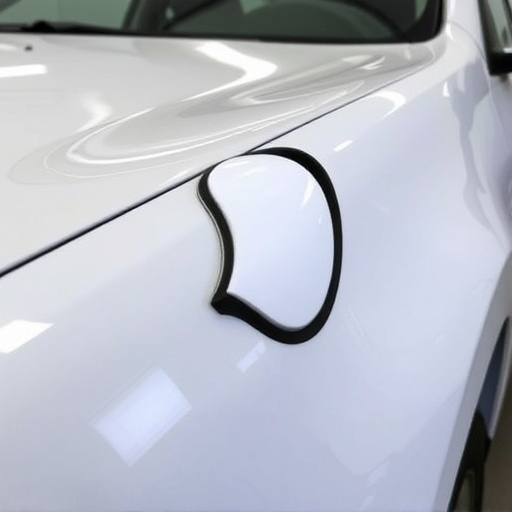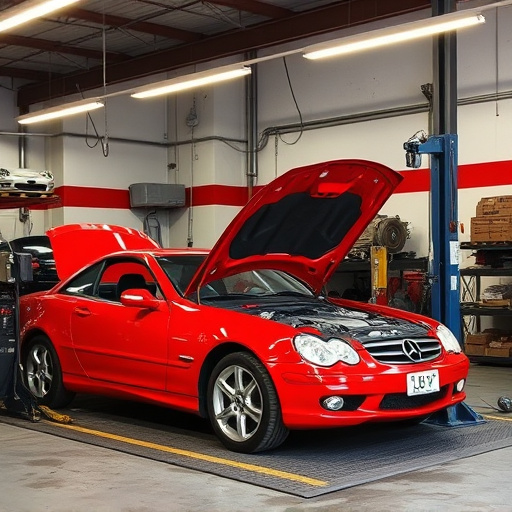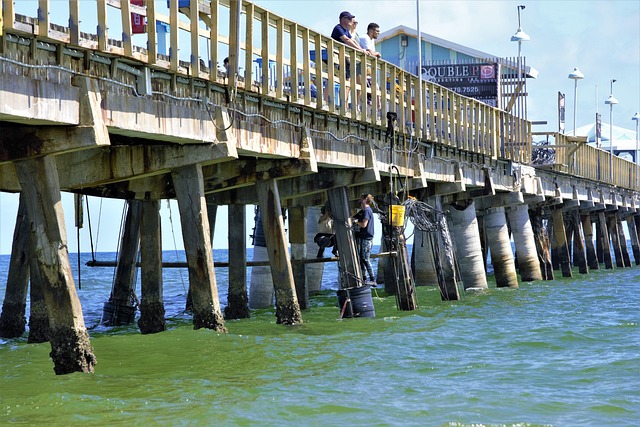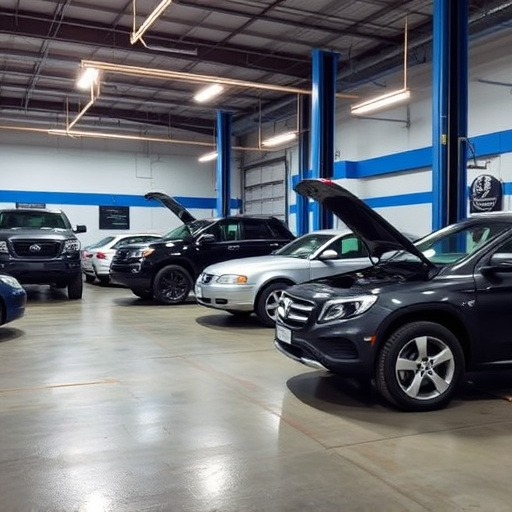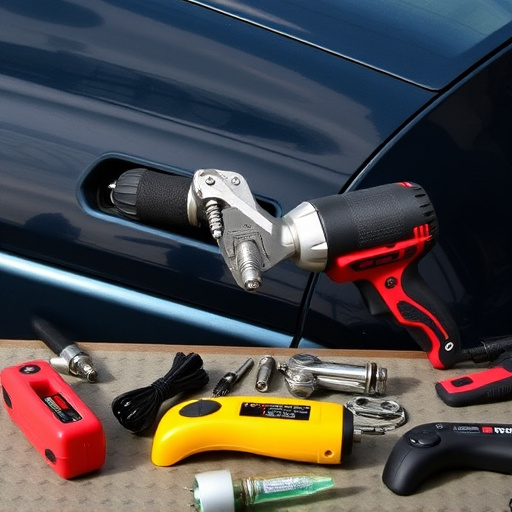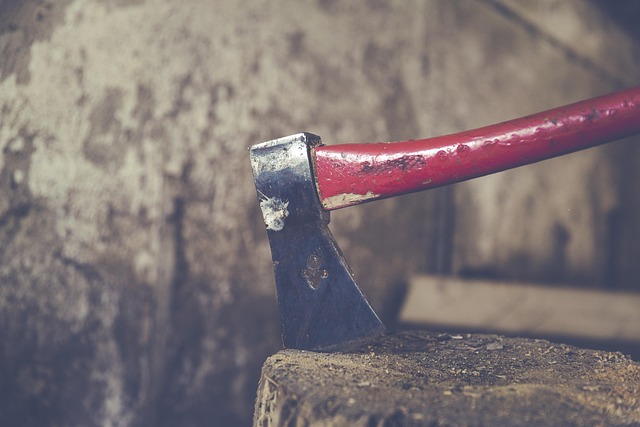The Tesla Air Suspension System, a cutting-edge feature enhancing vehicle dynamics through compressed air, requires meticulous repair post-collisions. Hidden damage, such as compressed springs or ruptured air chambers, can occur, necessitating early detection by qualified professionals to ensure safety and optimal performance. Repairing this intricate system demands precision, specialized tools, and adherence to Tesla-specific procedures, with consultation from online resources or professional centers for complex issues.
“Tesla vehicles are renowned for their innovative technology, including the advanced air suspension system. However, after a hard impact or collision, this intricate network of components can suffer damage, leading to safety concerns and vehicle instability. This article provides an in-depth guide to understanding and repairing your Tesla’s air suspension system. We’ll walk you through identifying post-collision damage, offering a step-by-step repair process, and emphasizing crucial safety precautions for DIY enthusiasts or professional mechanics.”
- Understanding Tesla Air Suspension System: Components and Functionality
- What Happens After a Hard Impact or Collision: Signs of Damage and Potential Issues
- Step-by-Step Guide to Tesla Air Suspension Repair: Tools, Procedures, and Safety Precautions
Understanding Tesla Air Suspension System: Components and Functionality

The Tesla Air Suspension System is a sophisticated and innovative feature designed to revolutionize vehicle dynamics. This system, unique to Tesla vehicles, utilizes compressed air to provide advanced control over ride height, comfort, and handling. Comprised of several key components, including air springs, struts, valves, and a central control unit, it ensures optimal performance. The air springs, for instance, act as both springs and airbags, adjusting the vehicle’s height based on speed and driving conditions.
The system’s functionality is intricate but straightforward. By controlling the flow of compressed air through various valves, the suspension can quickly adapt to changes in terrain or driving style. This real-time adjustment offers enhanced stability, improved cornering precision, and a smoother, more comfortable ride. In the event of a hard impact or collision, however, proper Tesla air suspension repair becomes crucial to ensure the system’s integrity and the vehicle’s overall safety and performance. Services provided by an auto collision center specializing in car body repair and bodywork services are essential for restoring these intricate systems to their optimal state after such incidents.
What Happens After a Hard Impact or Collision: Signs of Damage and Potential Issues

After a hard impact or collision, it’s crucial to understand what happens beneath the surface of your Tesla. While visible car damage repair, like dents and broken headlights, might be immediately apparent, there could be more subtle signs of distress within the vehicle’s intricate systems. The Tesla air suspension, responsible for smoothing out bumps and providing a comfortable ride, can be significantly affected by such incidents.
Beyond the obvious auto bodywork considerations, issues with air suspension repair may include compressed or damaged springs, ruptured air chambers, and misaligned components. These problems not only impact the vehicle’s handling and stability but also compromise safety. Prompt evaluation by qualified professionals is essential to identify these potential concerns early on. Regular checks after any collision, even seemingly minor ones, can help ensure your Tesla remains a safe and enjoyable ride.
Step-by-Step Guide to Tesla Air Suspension Repair: Tools, Procedures, and Safety Precautions
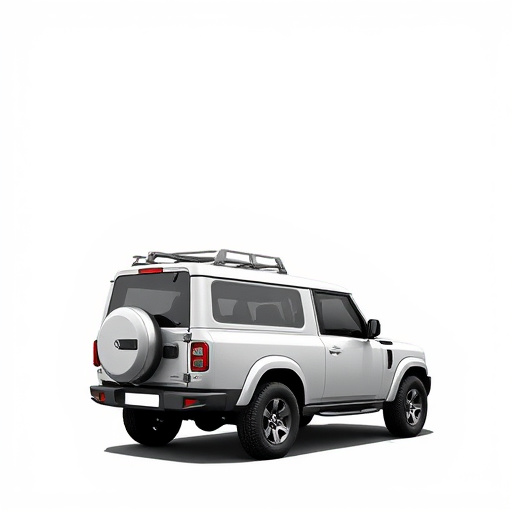
Repairing a Tesla’s air suspension after a hard impact or collision requires careful precision and specific tools. Here’s a step-by-step guide to help you navigate this process safely and effectively. Begin by gathering essential tools tailored for Tesla air suspension repair, including specialized air compressor kits, pressure gauges, and replacement parts such as airbags, control modules, and valves. Ensure your workspace is well-lit and organized, making it easier to work on the intricate components.
Safety should be paramount throughout the process. Don protective gear like gloves and safety glasses to shield yourself from debris. Disconnect the battery to prevent accidental operation during repair. With the vehicle raised and supported securely, locate the compromised air suspension components. Carefully inspect for damage, noting any leaked fluid or misaligned parts. Replace or repair as necessary, following precise procedures specific to Tesla models. Utilize online resources and, if needed, consult professional auto collision centers or car paint services specializing in Tesla repairs for expert guidance on complex issues.
After a hard impact or collision, proper Tesla air suspension repair is crucial for safe and smooth driving. By understanding the system’s components and functionality, and following a systematic approach for repairs, owners can address potential issues effectively. This comprehensive guide equips you with the knowledge to navigate Tesla air suspension repair, ensuring your vehicle returns to its optimal performance standards.


